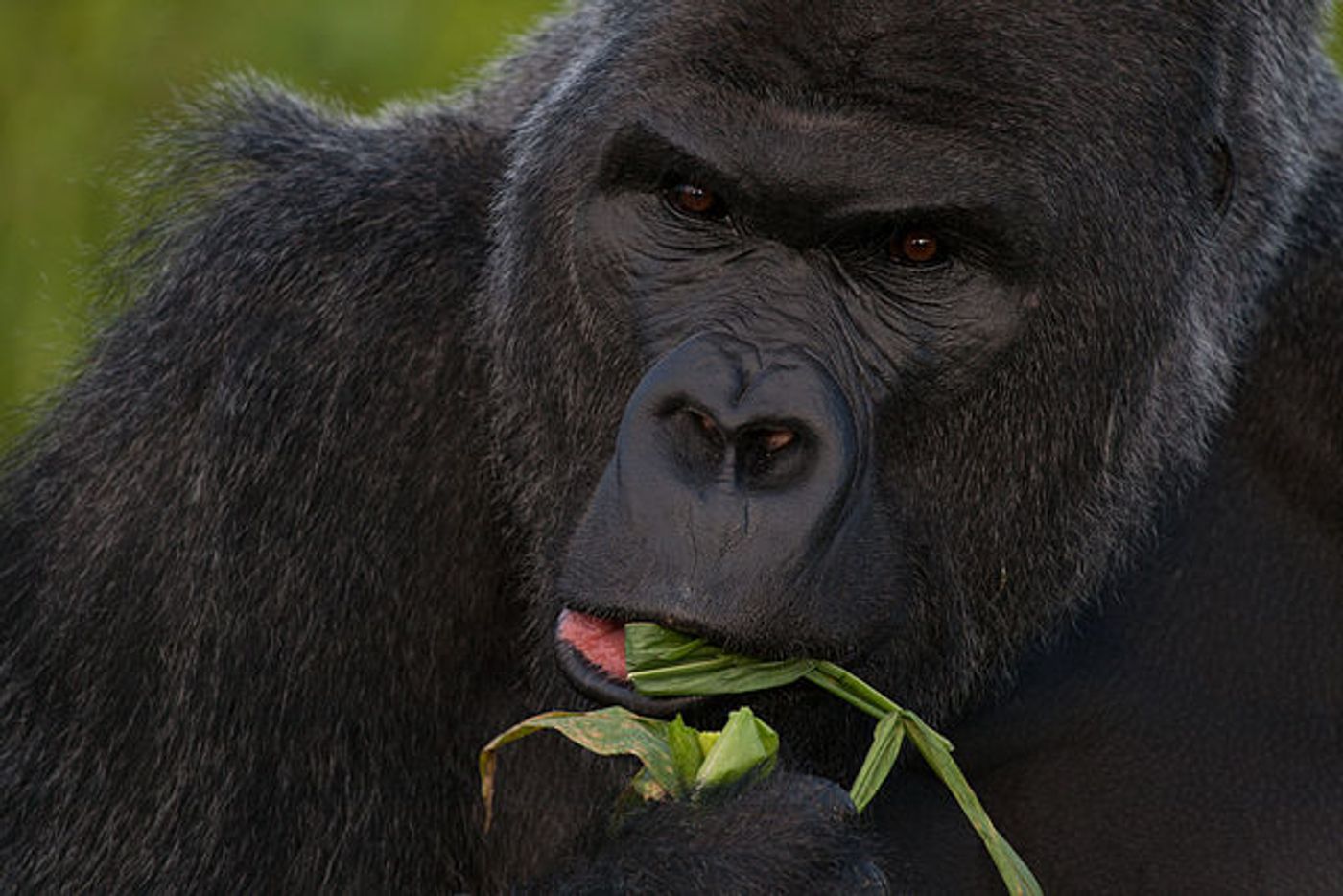Videos
Predicting cell behavior can help Sickle Cell Patients
MAR 06, 2015 7:45 AM PST
Share
Gorillas are the source of 50% of HIV strains, study says

There are 4 known groups of HIV strains that affect humans. Two of them originated in western lowland gorillas in Africa, according to a report by researchers from the University of Pennsylvania published in the March 2 edition of the Proceedings of the National Academy of Sciences.
The international research team screened fecal samples from eastern lowland gorillas, western lowland gorillas, and mountain gorillas in Cameroon, Gabon, Uganda, and the Democratic Republic of Congo for signs of simian immunodeficiency virus (SIV) infection.
The 4 known groups of HIV-1 strains are referred to as M, N, O and P. Other studies have found that groups M and N originated in chimpanzee in southern Cameroon, but the origin of the O and P strains has been uncertain. Now the Penn team has found that the O and P groups also originated in Cameroon, but in western lowland gorillas.
All 4 groups of HIV strains can infect humans. The group M strain was responsible for the AIDS epidemic that killed millions of people worldwide. The group O strain has also infected a large number of people in Africa (approximately 100,000). So far, the other two groups (N and P) have only been identified in a handful of individuals in Cameroon.
Dr. Beatrice Hahn, a professor of medicine and microbiology at Penn and a member of the research team explained that viral sequencing revealed a high degree of genetic diversity among the different gorilla samples and that two lineages of SIV were especially close to HIV groups O and P, indicating that those groups originated in western lowland gorillas.
This study and others that the team has conducted have made it clear that both chimpanzees and gorillas harbor viruses that are capable of crossing the species barrier to humans and have the potential to cause major disease outbreaks. The results of these studies are critical for understanding origins of emerging disease and gauging the risk of future human infection.
Source: www.redorbit.com
You May Also Like
Loading Comments...








